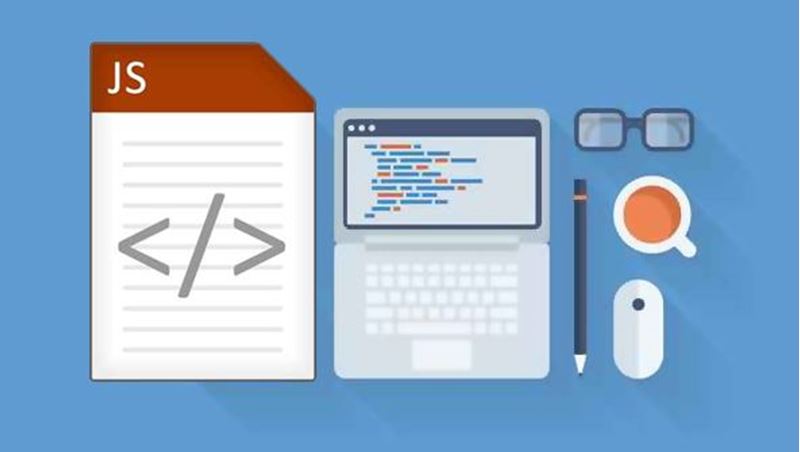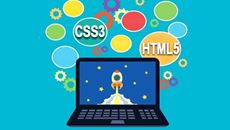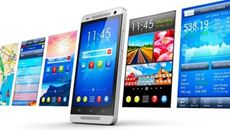- Delivery Method Online
- Professional Certificate
- 24hrs Suggested Study Time
- 3 Months Access
- Tutor Support
- Study On Any Device
- 829 Students
JavaScript Fundamentals

Build on your knowledge of HTML and CSS by learning to add interactivity to your Web pages with JavaScript code and jQuery.
You may already know how to use HTML and CSS to create websites. If so, you're ready to add more power to your programming with JavaScript. This programming language lets you add interactivity to your pages by creating features such as buttons, picture carousels, and collapsible panels to your Web pages.
The course begins with the basics of JavaScript code and then moves on to more advanced topics. You'll learn how to define what happens when a user clicks a button or presses a key on your pages, and see how JavaScript enables your pages to make ""if . . . then . . . else"" decisions about what to do based on circumstances. You'll also get a chance to try out loops and timers to create animation effects. Throughout the course, you'll get plenty of hands-on practice to give you the experience you need to really understand how JavaScript works.
And since no JavaScript course would be complete without a discussion of jQuery, we cover it as well. This free ""write less, do more"" JavaScript library has become virtually synonymous with modern Web and mobile app development. By the end of the course, you'll understand how to use jQuery to catapult your basic JavaScript knowledge to incredible new heights.
This course assumes students already know HTML and CSS. JavaScript is always used with these two programming languages, not as an alternative to them.
Courses are delivered to you through expertly executed lessons, online instruction and interaction with like-minded students. Our courses are designed to deliver all of the benefits of studying in a classroom whilst giving you the flexibility to study at a time and place to suit your needs. You can access your classroom 24/7 from any device with an internet connection.
This course has a 3 month duration. You'll complete comprehensive lessons, quizzes and assignments before submitting your final exam at the end of the course to achieve your certificate. Courses must be completed within the 3 month access period.

Alan Simpson
With over 100 published books to his name, award-winning author Alan Simpson is widely regarded as a computer and Internet guru. His books have been published throughout the world in over a dozen languages. Alan is a seasoned veteran of the comput... Read more
Read Alan Simpson's ProfileFrequently Asked Questions
The Learning Environment
From the moment that you enrol in the JavaScript Fundamentals you will become an integral part of our learning community. You'll find yourself with the freedom to learn at a speed that suits you, on any device, from anywhere in the world. Achieving your career goals no longer has to mean compromising family and work commitments.
Our Values
Learn At Your Own Pace
We believe in personalised learning. That's why we provide all the tools and support you need to succeed at your own pace. With flexible learning, you'll stay motivated and retain more information. Plus, you can balance your studies with work and family commitments to make your dreams a reality.
We Won't Break The Bank
Education should be accessible to anyone who wants to learn. That's why we offer some of the most competitive prices in the industry with payments plans for just $25 per week. Investing in your future is a smart choice and doesn’t have to break the bank.
Industry-Led Courses
There's no better way to learn than from experts with years of experience in your field. That's why each of our 200+ industry-led courses are designed to give you a real-life perspective on your industry. With our expert mentors, you'll learn from people who have a wealth of knowledge and experience, and who are passionate about sharing it with you.
Get The Personal Support You Deserve
At Vibe Learning, we're real people who are dedicated to providing you with personal support every step of the way. Our industry experts are not only professional and knowledgeable but also incredibly passionate about sharing their expertise with you. With their guidance, you'll gain invaluable insights and practical knowledge to help you succeed.
Still looking?
Check out the following courses related to JavaScript Fundamentals:



